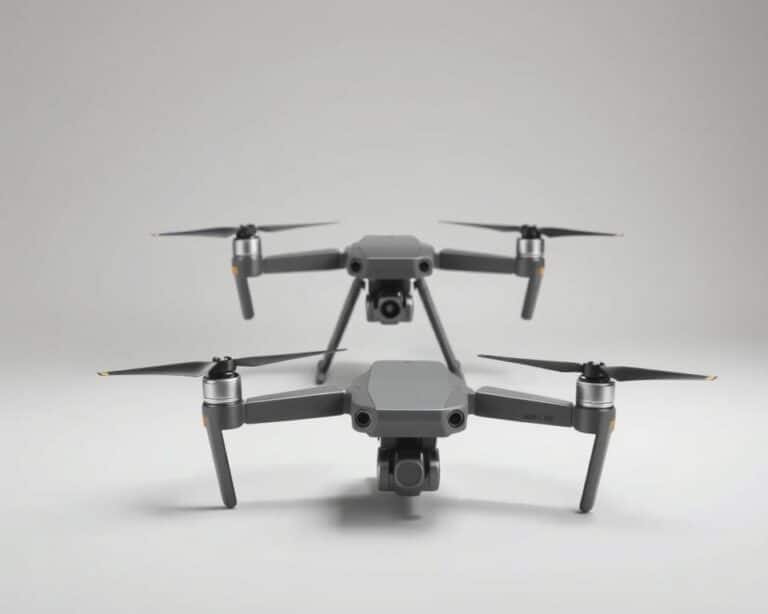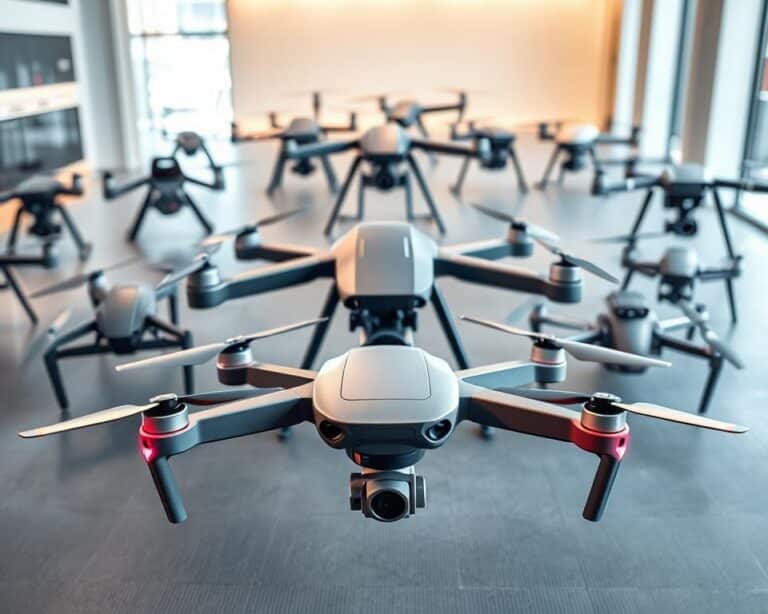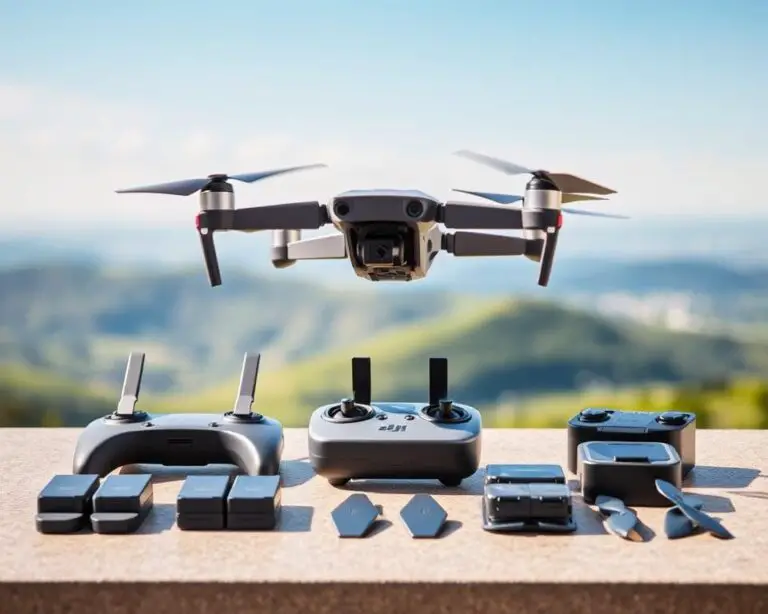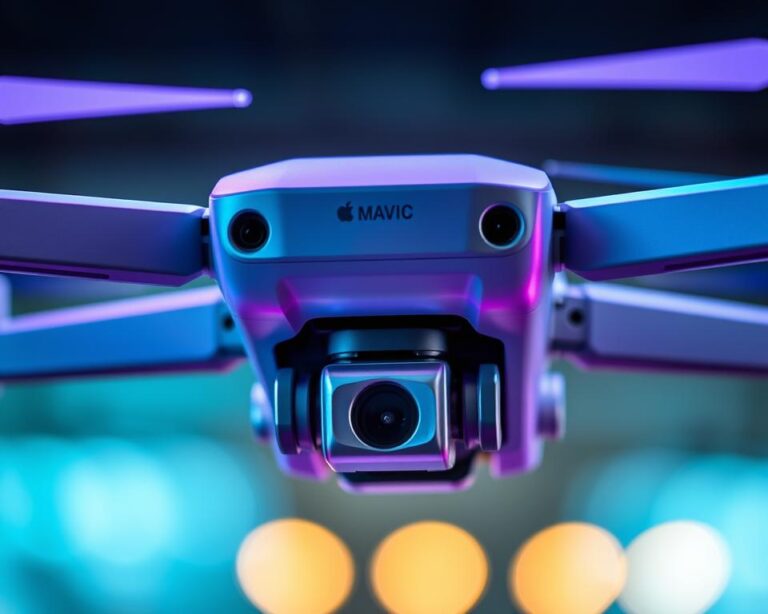DJI Mavic Air 2 vs Autel Evo: Finding the Best Drone for You
Welcome to our in-depth drone comparison of the DJI Mavic Air 2 and the Autel Evo, two of the most popular drones on the market, designed to help you find the best drones for your needs. With so many options available, choosing the right drone can be overwhelming, which is why we’re here to guide you through a comprehensive comparison of these two drones, focusing on their features, performance, and value in the drone comparison.
Whether you’re a professional photographer or an enthusiast looking for the best drones, this article will help you make an informed decision. The DJI Mavic Air 2 and Autel Evo are both high-quality drones with unique features, making them stand out in the market. Our goal is to provide you with a clear understanding of each drone’s strengths and weaknesses, allowing you to choose the one that best fits your specific needs and budget, making it a valuable drone comparison.
Key Takeaways
- The DJI Mavic Air 2 and Autel Evo are two of the most popular drones on the market, known for their high-quality features and performance in the best drones category.
- Choosing the right drone depends on your specific needs and budget, which is why a thorough drone comparison is essential.
- Both drones offer unique features, such as advanced camera capabilities and obstacle avoidance systems, making them stand out in the drone comparison.
- This article will provide a comprehensive comparison of the DJI Mavic Air 2 and Autel Evo, focusing on their features, performance, and value in the best drones market.
- By the end of this article, you’ll be able to make an informed decision and find the best drone for your needs, whether you’re a professional or an enthusiast looking for the best drones.
- The drone comparison will cover key aspects, including design, camera capabilities, and flight performance, to help you choose the best drone.
Understanding the Basics: DJI Mavic Air 2 vs Autel Evo Overview
When considering the DJI Mavic Air 2 review and Autel Evo review, it’s essential to delve into the basics of these drones. Both DJI and Autel are well-established brands in the drone market, with a strong reputation for producing high-quality products. The DJI Mavic Air 2 and Autel Evo are two of their most popular models, known for their impressive features and capabilities.
A key aspect to consider is the brand heritage and market position of both DJI and Autel. DJI is a well-known brand with a long history of producing innovative drone products, while Autel is a newer company that has quickly gained a reputation for its high-quality drones. Understanding the brand heritage and market position can provide valuable insights into the quality and reliability of their products.
Key Specifications at a Glance
- Camera resolution: DJI Mavic Air 2 (48MP) vs Autel Evo (48MP)
- Flight time: DJI Mavic Air 2 (up to 34 minutes) vs Autel Evo (up to 30 minutes)
- Range: DJI Mavic Air 2 (up to 6.2 miles) vs Autel Evo (up to 4.3 miles)
When reading the DJI Mavic Air 2 review and Autel Evo review, it’s crucial to consider the key specifications and how they compare to each other. By understanding the basics of these drones, you can make an informed decision about which one is best for your needs.
Design and Build Quality Comparison
When it comes to drone design, both the DJI Mavic Air 2 and the Autel Evo have their unique features. The DJI Mavic Air 2 has a sleek and compact design, making it easy to carry around. On the other hand, the Autel Evo has a more rugged design, with a focus on build quality and durability.
A key aspect to consider is the materials used in the construction of these drones. The DJI Mavic Air 2 is made with high-quality plastic, while the Autel Evo uses a combination of plastic and metal. This difference in materials affects the overall build quality and weight of the drones.
Some of the key features to compare between the two drones include:
- Folding mechanism: The DJI Mavic Air 2 has a more complex folding mechanism, while the Autel Evo has a simpler design.
- Propeller design: The Autel Evo has a more robust propeller design, which affects its overall drone design and performance.
- Camera protection: The DJI Mavic Air 2 has a more comprehensive camera protection system, which is an important aspect of build quality.
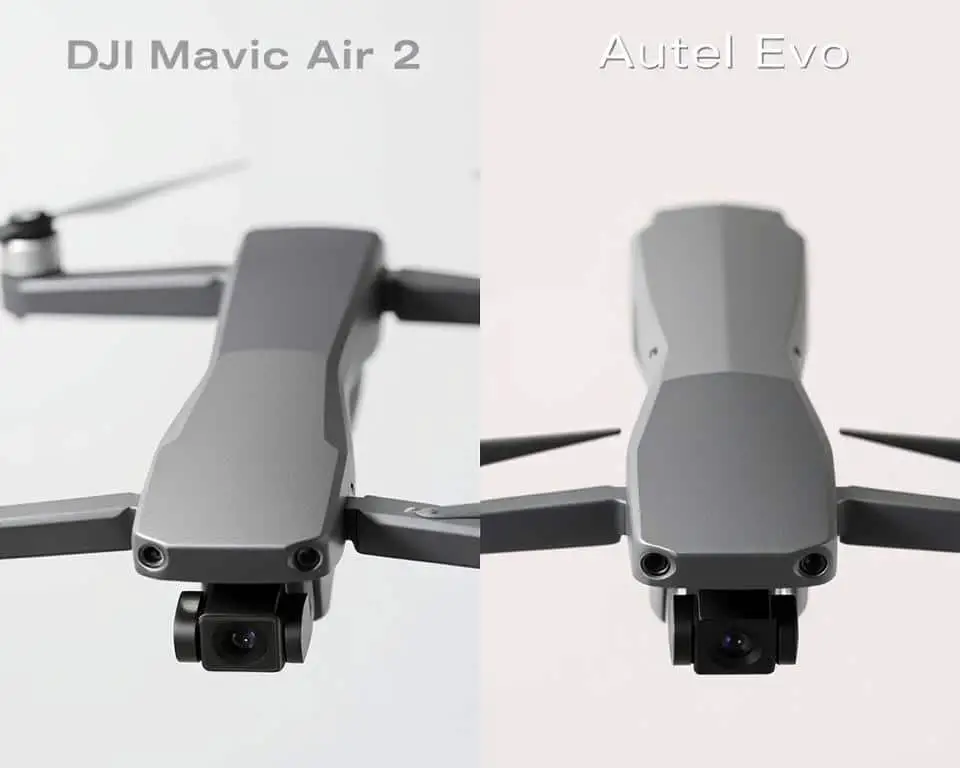
In terms of build quality, both drones have their strengths and weaknesses. The DJI Mavic Air 2 is known for its reliable and durable design, while the Autel Evo has a more rugged and robust construction. Ultimately, the choice between the two will depend on your specific needs and preferences.
Camera Capabilities and Imaging Performance
When it comes to drone camera quality, both the DJI Mavic Air 2 and the Autel Evo are top contenders. For photographers and videographers, the camera is one of the most important features of a drone. In this section, we’ll delve into the photo quality, video recording features, and low-light performance of each drone, helping you decide which one is best suited for your needs.
The DJI Mavic Air 2 boasts a 1/2-inch CMOS sensor, capable of capturing 48-megapixel photos and 8K video. On the other hand, the Autel Evo features a 1/2.3-inch CMOS sensor, capturing 12-megapixel photos and 4K video. Both drones are considered among the best drones for photography, but the DJI Mavic Air 2 has a slight edge in terms of resolution.
Photo Quality Assessment
In terms of photo quality, the DJI Mavic Air 2 excels with its higher resolution and improved dynamic range. The Autel Evo, however, still produces excellent photos with vibrant colors and good contrast. For those seeking the best drone camera quality, the DJI Mavic Air 2 may be the better choice.
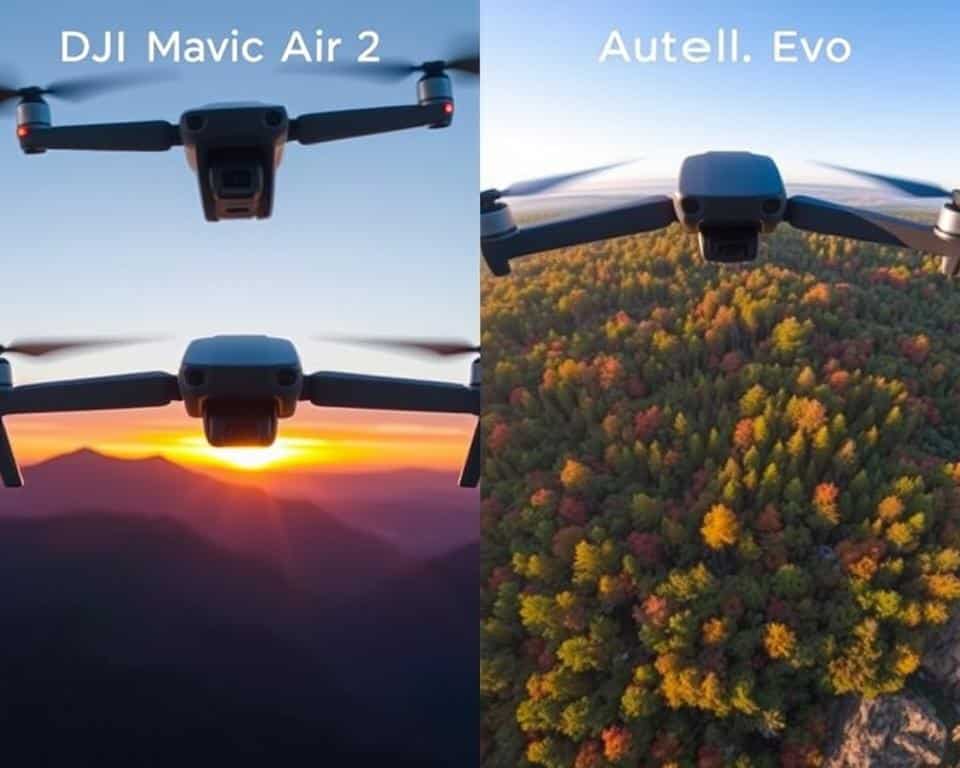
Video Recording Features
Both drones offer impressive video recording features, including 4K and 8K resolution, as well as slow-motion and time-lapse capabilities. The DJI Mavic Air 2 has a more extensive range of video modes, including ActiveTrack and Hyperlapse, making it a great option for videographers.
Low-Light Performance
In low-light conditions, the DJI Mavic Air 2 performs slightly better, thanks to its larger sensor and improved noise reduction. The Autel Evo still produces good results, but may require more adjustments to settings to achieve optimal results. For those who plan to shoot in low-light environments, the DJI Mavic Air 2 may be the better choice among the best drones for photography.
Flight Performance and Control Systems
When it comes to drone flight time and control systems, both the DJI Mavic Air 2 and the Autel Evo have their strengths and weaknesses. The DJI Mavic Air 2 boasts a maximum flight time of up to 34 minutes, while the Autel Evo can stay in the air for up to 30 minutes. In terms of control systems, the DJI Mavic Air 2 features a more advanced obstacle avoidance system, which includes sensors on all sides of the drone.
The Autel Evo, on the other hand, has a more limited obstacle avoidance system, but makes up for it with its impressive control range of up to 7 kilometers. When it comes to drone flight time, the DJI Mavic Air 2 has a slight edge, but the Autel Evo’s control systems are still highly reliable and responsive. Here are some key features to consider:
- Maximum flight time: DJI Mavic Air 2 (up to 34 minutes), Autel Evo (up to 30 minutes)
- Obstacle avoidance system: DJI Mavic Air 2 (more advanced), Autel Evo (limited)
- Control range: Autel Evo (up to 7 kilometers), DJI Mavic Air 2 (up to 6 kilometers)
Ultimately, the choice between the DJI Mavic Air 2 and the Autel Evo will depend on your specific needs and preferences. If you prioritize drone flight time and advanced obstacle avoidance, the DJI Mavic Air 2 may be the better choice. However, if you value a reliable control system and a longer control range, the Autel Evo is definitely worth considering.
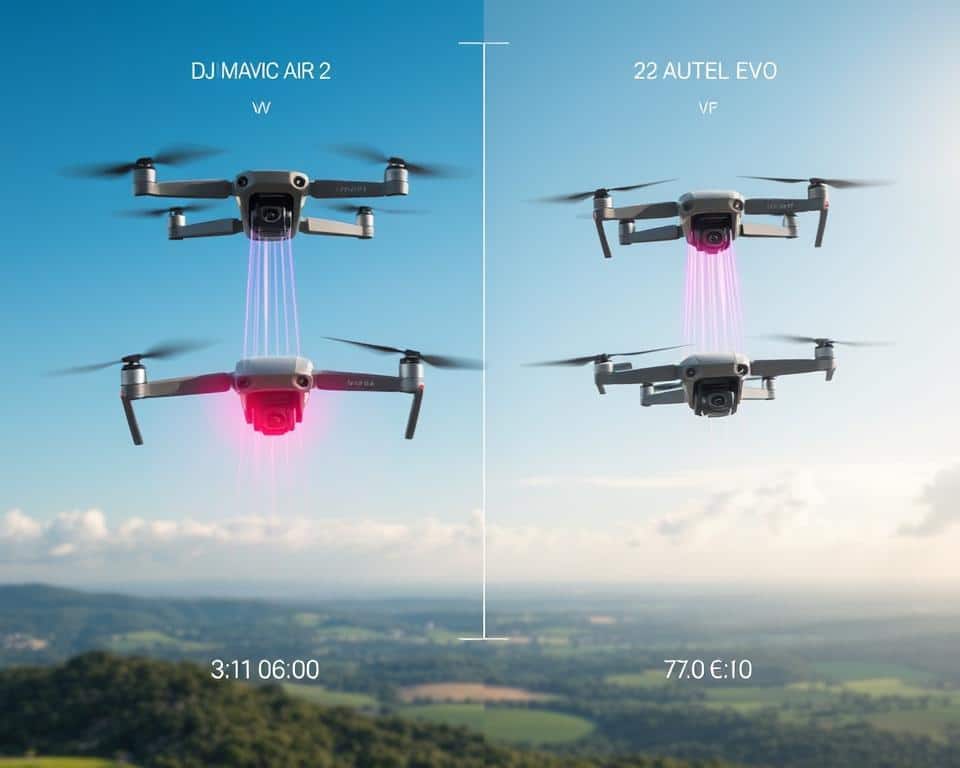
In terms of control systems, both drones offer a range of features and modes to enhance your flying experience. The DJI Mavic Air 2 features a range of intelligent flight modes, including ActiveTrack and QuickShots, while the Autel Evo offers a more streamlined control interface. Here is a comparison of the two drones’ control systems:
| Feature | DJI Mavic Air 2 | Autel Evo |
|---|---|---|
| Intelligent flight modes | Yes (ActiveTrack, QuickShots) | No |
| Control interface | Complex | Streamlined |
| Control range | Up to 6 kilometers | Up to 7 kilometers |
Battery Life and Range Specifications
When it comes to drone battery life and range specifications, both the DJI Mavic Air 2 and the Autel Evo have their strengths and weaknesses. The DJI Mavic Air 2 has a maximum flight time of up to 34 minutes, while the Autel Evo can fly for up to 30 minutes. In terms of range specifications, the DJI Mavic Air 2 has a maximum transmission distance of 10 km, while the Autel Evo has a range of up to 7 km.
The drone battery life is a crucial factor to consider, as it determines how long you can fly your drone before needing to recharge. The range specifications, on the other hand, determine how far you can fly your drone from the controller. Both of these factors are essential for capturing stunning aerial footage and photos.
Maximum Flight Time Analysis
A closer look at the maximum flight time of both drones reveals that the DJI Mavic Air 2 has a slight edge over the Autel Evo. However, the Autel Evo’s shorter flight time is offset by its faster charging time, which can be fully charged in under an hour.
Charging Options and Battery Management
Both drones have convenient charging options and battery management systems. The DJI Mavic Air 2 has a USB-C charging port, while the Autel Evo has a standard USB-A port. In terms of battery management, both drones have built-in systems that monitor battery health and provide alerts when the battery is running low.
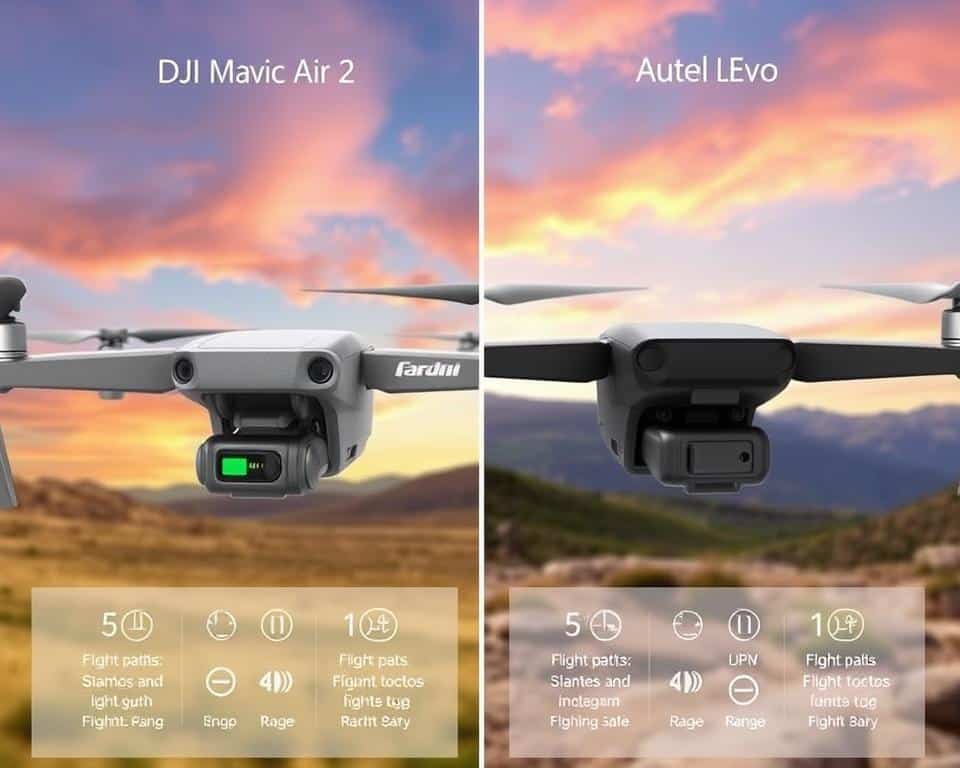
Effective Range Testing
To test the range specifications of both drones, we conducted a series of flights in an open area with minimal interference. The results showed that the DJI Mavic Air 2 was able to maintain a stable connection up to 9 km away, while the Autel Evo was able to fly up to 6 km away before losing signal.
| Drone Model | Maximum Flight Time | Range Specifications |
|---|---|---|
| DJI Mavic Air 2 | Up to 34 minutes | Up to 10 km |
| Autel Evo | Up to 30 minutes | Up to 7 km |
Smart Features and Autonomous Flight Modes
When it comes to drone smart features and autonomous flight modes, both the DJI Mavic Air 2 and the Autel Evo offer a range of advanced capabilities. The DJI Mavic Air 2 features a robust obstacle avoidance system, allowing for smooth and safe navigation through complex environments. In contrast, the Autel Evo boasts an impressive follow-me mode, enabling the drone to track and capture stunning footage of moving subjects.
A key aspect of autonomous flight modes is the ability to execute pre-programmed flight paths and maneuvers. The DJI Mavic Air 2 excels in this regard, offering a range of customizable flight modes and a user-friendly interface for planning and executing complex flights. The Autel Evo, on the other hand, focuses on simplicity and ease of use, with a streamlined interface and intuitive controls.
Some of the key drone smart features and autonomous flight modes offered by these drones include:
- Obstacle avoidance systems
- Follow-me modes
- Pre-programmed flight paths and maneuvers
- Customizable flight modes
- Intuitive controls and user-friendly interfaces
In terms of autonomous flight modes, both drones offer a range of features and capabilities. However, the DJI Mavic Air 2 stands out for its advanced obstacle avoidance system and customizable flight modes. The Autel Evo, on the other hand, excels in its follow-me mode and streamlined interface. Ultimately, the choice between these two drones will depend on your specific needs and preferences when it comes to drone smart features and autonomous flight modes.
| Drone Model | Obstacle Avoidance | Follow-me Mode | Customizable Flight Modes |
|---|---|---|---|
| DJI Mavic Air 2 | Advanced system | Available | Yes |
| Autel Evo | Standard system | Available | No |
Obstacle Avoidance and Safety Features
When it comes to drone obstacle avoidance and safety features, both the DJI Mavic Air 2 and the Autel Evo have their strengths and weaknesses. The DJI Mavic Air 2 features a robust obstacle avoidance system, with sensors on all sides, providing a 360-degree view of its surroundings. This allows the drone to detect and avoid obstacles with ease, making it a great choice for beginners and experienced pilots alike.
In comparison, the Autel Evo also boasts an impressive obstacle avoidance system, with a combination of binocular vision and infrared sensing. This allows the drone to detect obstacles and adjust its flight path accordingly, providing a high level of safety and reliability. When it comes to safety features, both drones have emergency protocols in place, such as automatic return-to-home and landing protocols, to ensure the drone can safely return to its pilot in case of an emergency.
Sensor Systems Comparison
A key aspect of drone obstacle avoidance is the sensor system. The DJI Mavic Air 2 features a combination of ultrasonic, vision, and infrared sensors, providing a comprehensive view of its surroundings. The Autel Evo, on the other hand, uses a combination of binocular vision and infrared sensing, providing a high level of accuracy and reliability.
Emergency Protocols
In terms of emergency protocols, both drones have automatic return-to-home and landing protocols, ensuring the drone can safely return to its pilot in case of an emergency. The DJI Mavic Air 2 also features a built-in GPS system, allowing it to quickly and accurately return to its takeoff point. The Autel Evo, on the other hand, uses a combination of GPS and GLONASS, providing a high level of accuracy and reliability.
Overall, both the DJI Mavic Air 2 and the Autel Evo offer impressive drone obstacle avoidance and safety features, making them great choices for anyone looking for a reliable and safe drone. By considering the sensor systems and emergency protocols of each drone, pilots can make an informed decision about which drone is right for them.

| Drone Model | Obstacle Avoidance System | Emergency Protocols |
|---|---|---|
| DJI Mavic Air 2 | 360-degree sensor system | Automatic return-to-home and landing protocols |
| Autel Evo | Binocular vision and infrared sensing | Automatic return-to-home and landing protocols |
Mobile App Interface and User Experience
The drone mobile app is a crucial aspect of the overall user experience. When it comes to the DJI Mavic Air 2 and the Autel Evo, both drones offer a unique mobile app interface. The DJI Mavic Air 2 uses the DJI Go 4 app, while the Autel Evo uses the Autel Explorer app.
Some key features of the drone mobile app include:
- Real-time video transmission
- Flight control and navigation
- Camera settings and photo editing
In terms of user experience, both apps are designed to be intuitive and easy to use. However, the DJI Go 4 app is generally considered more user-friendly, with a more streamlined interface and easier access to key features.
Overall, the choice between the DJI Mavic Air 2 and the Autel Evo will depend on your individual needs and preferences. If you prioritize a user-friendly drone mobile app and a seamless user experience, the DJI Mavic Air 2 may be the better choice.
| Drone Model | Mobile App | User Experience |
|---|---|---|
| DJI Mavic Air 2 | DJI Go 4 | Intuitive and easy to use |
| Autel Evo | Autel Explorer | More complex interface |
Price Point and Value Analysis
When it comes to choosing between the DJI Mavic Air 2 and the Autel Evo, drone price is a crucial factor to consider. Both drones offer a range of features and capabilities, but their prices vary significantly. To determine which drone offers the best value analysis, let’s take a closer look at their prices and what you can expect to get for your money.
The DJI Mavic Air 2 is generally priced lower than the Autel Evo, with a starting price of around $799. In contrast, the Autel Evo starts at around $1,495. However, it’s essential to consider the value analysis of each drone, including the features, quality, and performance you can expect to get for your money.
Here’s a comparison of the two drones’ prices and features:
- DJI Mavic Air 2: $799 – $1,299
- Autel Evo: $1,495 – $2,495
Ultimately, the choice between the DJI Mavic Air 2 and the Autel Evo will depend on your specific needs and budget. By considering the drone price and value analysis, you can make an informed decision and choose the drone that offers the best value for your money.
| Drone Model | Price | Features |
|---|---|---|
| DJI Mavic Air 2 | $799 – $1,299 | 48MP camera, 8K video, 34 minutes flight time |
| Autel Evo | $1,495 – $2,495 | 48MP camera, 8K video, 30 minutes flight time |
Conclusion: Choosing Between the DJI Mavic Air 2 and Autel Evo
As we’ve thoroughly explored, the DJI Mavic Air 2 and Autel Evo are both impressive drones that offer a range of advanced features and capabilities. Whether you’re a professional videographer or a passionate hobbyist, the choice between these two models ultimately comes down to your specific needs and preferences.
The DJI Mavic Air 2 excels in areas like camera quality, flight performance, and smart features, making it an excellent choice for those seeking a versatile and high-performing drone. On the other hand, the Autel Evo stands out with its robust build, extended battery life, and comprehensive safety features, appealing to users who prioritize durability and reliable flight time.
In the drone comparison and final verdict, it’s clear that both the DJI Mavic Air 2 and Autel Evo are top-tier options in the drone market. By carefully considering your budget, intended use, and desired features, you’ll be well on your way to finding the perfect drone to capture your next aerial adventure.

